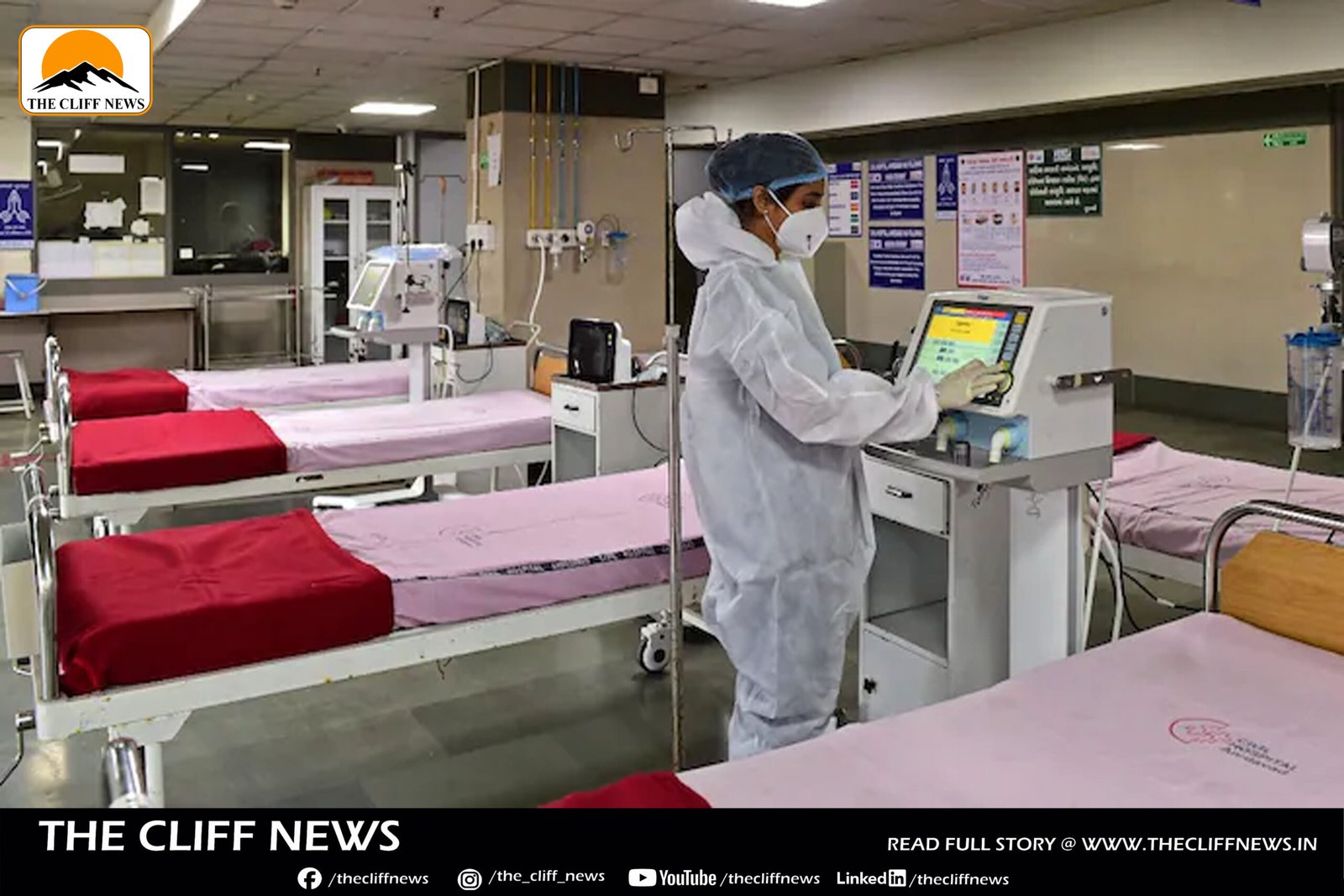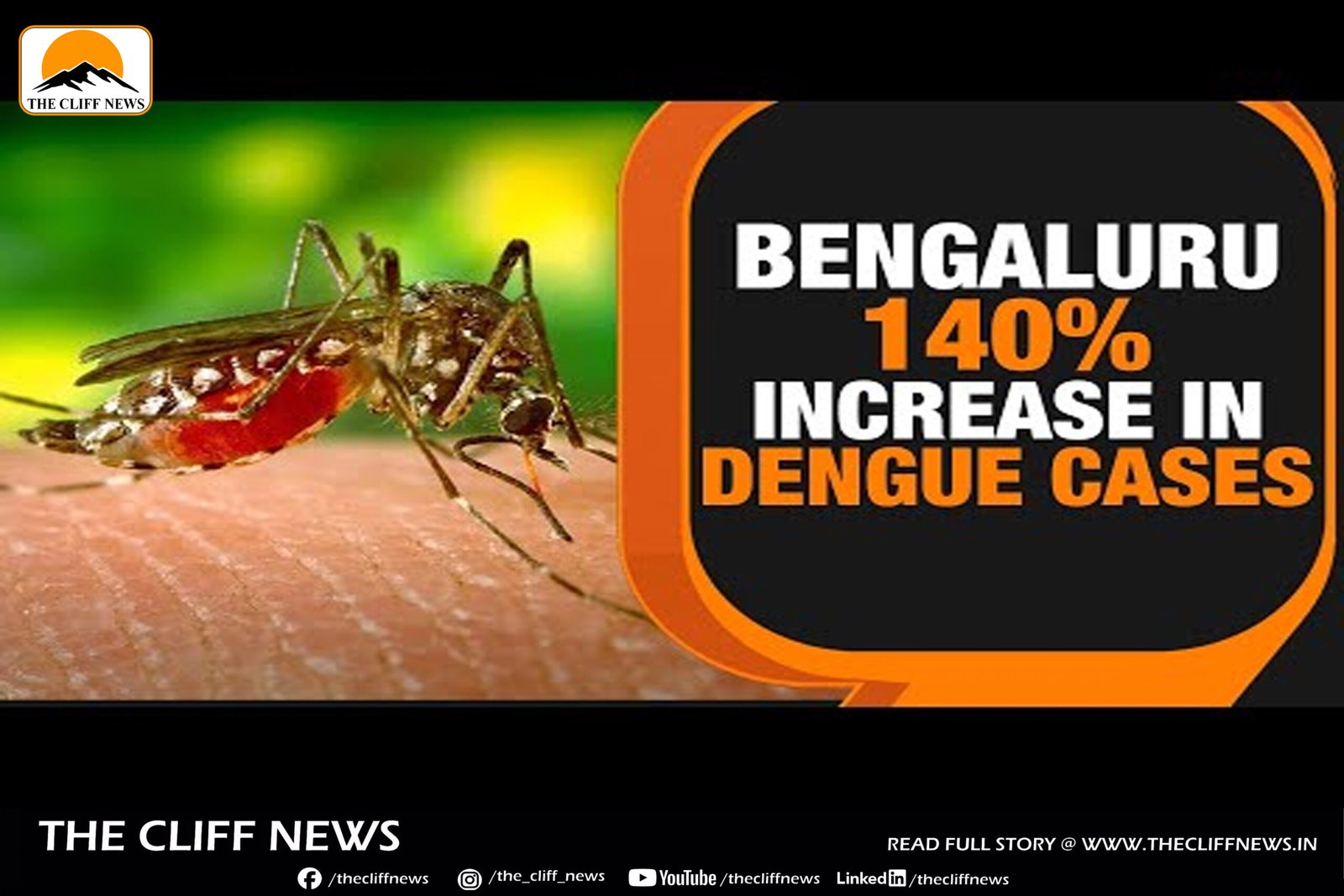India is witnessing a resurgence in Covid-19 infections, with active cases rising to 2,710, according to the Ministry of Health and Family Welfare. This marks a sharp five-fold jump in cases, crossing the 1,000-mark in the week ending May 25, after months of relative calm.
Kerala remains the worst-hit state, reporting 1,147 active cases—more than 40% of the national total—followed by Maharashtra (424), Delhi (294), Gujarat (223), Karnataka and Tamil Nadu (148 each), and West Bengal (116). Even Mizoram, which hadn’t reported a case in the past seven months, recorded two infections recently.
In the last 24 hours, seven Covid-related deaths have been reported: two in Maharashtra and one each in Delhi, Gujarat, Karnataka, Punjab, and Tamil Nadu. This brings the total number of deaths in 2025 so far to 22. Notably, this marks the first Covid-related death in Delhi during the current wave.
Despite the rise in cases, the Health Ministry has urged the public not to panic, stating that most infections are mild. Kerala’s high case count, the ministry noted, could be attributed to more widespread testing in the state.
New Variants Behind the Spike
Experts believe two new Omicron sub-variants—LF.7 and NB.1.8.1—are likely driving the current surge, although JN.1 remains the dominant variant in India. As of now, the World Health Organization (WHO) has not classified LF.7 or NB.1.8 as Variants of Concern (VOCs) or Variants of Interest (VOIs).
These new strains appear to have some degree of immune evasion, but there’s no evidence suggesting they lead to severe or long-lasting illness. Symptoms remain similar to seasonal flu, including fever, sore throat, runny nose, fatigue, and headaches.
Precautionary Measures in Place
In response to the uptick, several states have issued advisories to hospitals, asking them to ensure the availability of oxygen supplies, beds, testing kits, and vaccines. The elderly and individuals with co-morbidities are being advised to wear masks in crowded places.
The situation continues to be monitored closely, and health authorities emphasize the importance of basic preventive measures and timely testing to control the spread.



